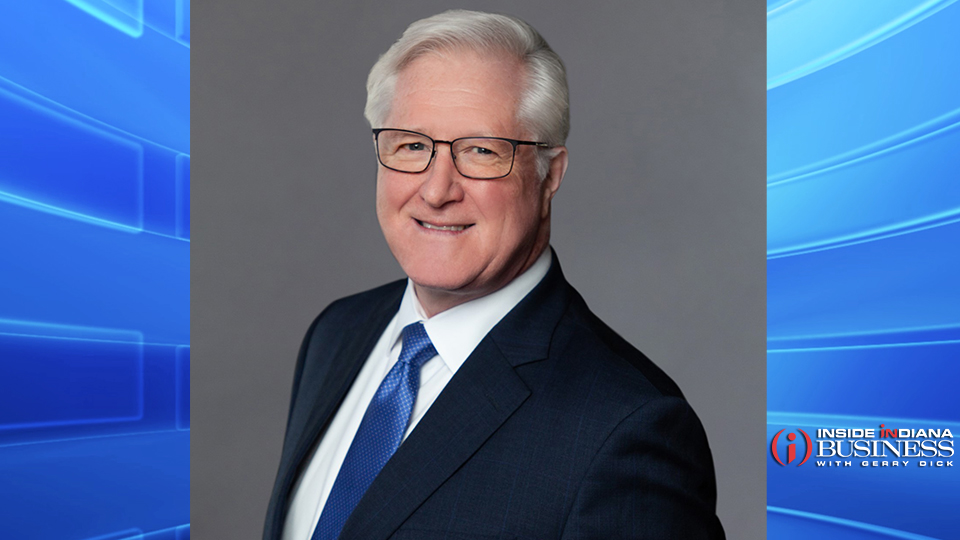Planned giving can bolster long-term sustainability for nonprofits
Subscriber Benefit
As a subscriber you can listen to articles at work, in the car, or while you work out. Subscribe Now
It’s that time of the year when “Giving Tuesday” and being thankful spurs donors to open their pocketbooks. According to a 2023 report by Giving USA, Americans donated $499.33 billion to charity last year, with the largest source being individual donors.
As interest in philanthropic giving continues to grow, below are a few considerations to review and understand as nonprofits look to enhance their gifting strategies in 2024 and beyond:
What is planned giving?
Planned giving is a form of charitable contribution that financially benefits both the charity and the donor. Donors can have impact on organizations they care about, and the charity benefits as the direct recipient of the gift.
What are the benefits to the charity?
While most of the planning tools in a planned giving infrastructure offer deferred giving strategies, the benefits of planned giving are still of great use to the charity. Planned gifts tend to be of greater market value than direct gifts and are irrevocable and reinforce relationships between the donor and charity. They may also provide disbursement flexibility and can present attractive options to donors in capital campaigns.
What are the benefits to the donor?
Today’s donors are strategic in their personal and philanthropic planning, particularly when the two can be merged for maximum benefit. Planned giving offers flexibility in potential charitable deductions and opportunities to diversify assets, while potentially avoiding tax liability. Donors can make a strong impact on a charitable mission, without inhibiting their current income needs or lifestyle.
Why are planned gifts irrevocable?
There are tax benefits associated with each planned giving option. For example, charitable remainder trusts provide required distributions to the income beneficiary accompanied by a charitable income tax deduction based on the “deferred charitable gift” established. To accurately calculate the personal and charitable benefits, the gift transaction must, by IRS regulation, be a complete (irrevocable) transaction. Once the donor transfers gifted assets to the trust, the donor no longer owns the contributed assets.
How flexible are planned gifts?
Planned giving vehicles must establish a completed gift to charity. To be considered a completed charitable gift, it must be irrevocable. In certain types of planned giving vehicles, the donor may retain the right to change, add or remove organizations, but the ultimate recipient of the gifted property must be a qualified 501(c)(3). Any personal benefits associated with the planned gift are established or determined at the execution of the governing document. The charity, the donor, and the IRS must be assured that the contractual obligation is honored.
How much of a financial commitment is required?
Charities often have planned giving options with different levels of financial commitment. Due to the administration cost and complexities and the need for portfolio diversification, a charitable split interest trust is typically an option for donors comfortable making a commitment of $1 million or more. A donor uses his or her own legal advisor to draft the trust document and planning illustrations.
For donors who are uncomfortable with a larger dollar commitment or those who need to test the strategy first, a charitable gift annuity (CGA) is a logical alternative. The average contribution into a CGA is typically $10,000 to $25,000. Donor’s may also use a CGA for larger amounts.
Donors who want more independent control over the preservation of their charitable gift may consider a private foundation (for large commitments of $1 million and above) or a donor fund ($10,000 – $15,000, dependent upon the parent organization) as their planned giving vehicle.
Other planned giving vehicles available are:
- Charitable Remainder Trust (Unitrust & Annuity Trust)
- Charitable Lead Trust (Unitrust & Annuity Trust)
- Charitable Gift Annuity (CGA)
- Pooled Income Fund
- Private Foundation (Donor-driven)
- Donor Fund (Donor-driven)
How can a charity take advantage of planned giving?
A charitable organization’s development office should determine whether its gifting options meet the needs of its donor base. Not every charity needs to build and administer a planned giving program internally, but it should have a working knowledge of the options available to its donors.
Corporate fiduciaries offer services to assume the burden of administering planned giving programs from charitable organizations.
Charities may also benefit from building a support network of attorneys, tax advisors and financial planners that can lighten the charity’s responsibilities and expand the donor base. The charitable organization’s development office can use the donor base as a resource while evaluating planned giving vehicles.
A wide donor base provides invaluable marketing. A network of donors helps spread the word about the charity’s mission, programs, and gifting opportunities.
